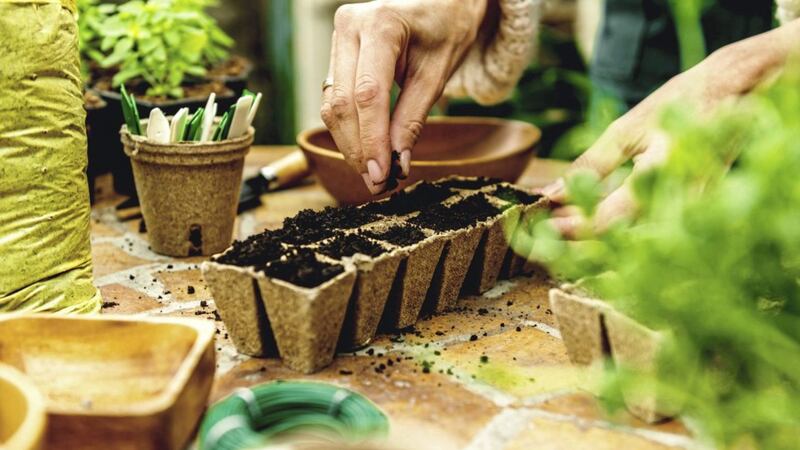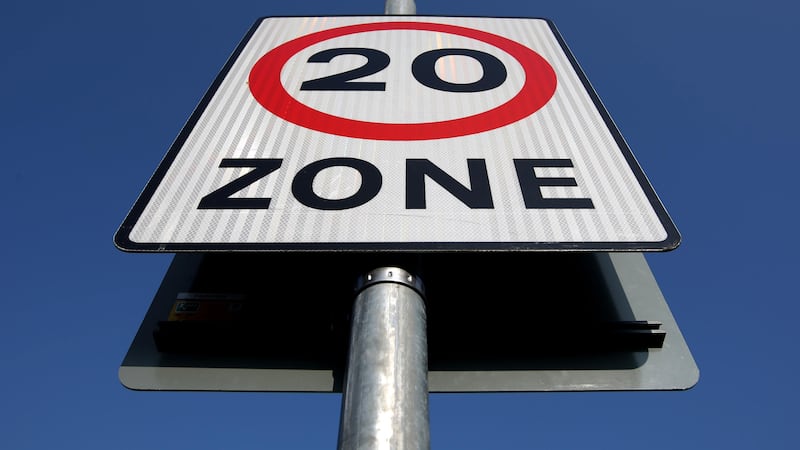IT’S that time of year when the gardener is brimming with ambition and expectation. Last year’s failures are largely forgotten and we look forward to a successful year of bursting borders and harvesting delicious edibles from the veg patch.
If one thing encapsulates this annual sense of hope, it’s the seed, rather appropriately. It may look modest, dead even, but within that hard shell is the blueprint for life.
Not all seeds look the same, however, and not all behave in the same way. There is the black grain-like poppy seed, thousands produced by a singe flower, that can stay viable for more than a thousand years. Compare this with a runner bean, the seed of which is the bean itself, at least one-hundred times larger than the poppy, with a mottled skin. Yet the size of seed isn't necessarily commensurate to the size of the plant it produces either.
With a few occasional exceptions, they are all programmed to germinate and grow, as long as the conditions are right.
But creating the conditions that ensure the plant’s life cycle goes according to plan can be both straightforward and difficult. Sow too early, apply too much heat or not enough moisture and your seed may not play ball.
The place to start for successful seed cultivation is compost, preferably seed compost. This is a specialist growing medium that is at the other end of the scale from garden compost, which tends not only to be quite rich in nutrients but also full of weed seeds. For generations gardeners turned to peat to fulfil this role, because when mixed with vermiculite and perlite, it provides the perfect free-draining, moisture retentive bed for a young seed, which contrary to what you may think, needs little in terms of nutrition in its formative days.
Peat-free substitutes made with coir or rotted wood chippings are increasingly common but may be hard to get your hands on in the midst of a pandemic.
General-purpose compost can be hit and miss in terms of its quality and may need mixing with sharp sand – not builder’s sand – in order to improve its texture.
Don’t assume all seeds are planted at the same time and check the instructions to see if any special conditions are needed to kick-start germination. For example, some seeds need soaked for up to 24 hours, others may need scarified or nicked with a sharp knife, while the really fussy ones need to undergo a process called stratification, which involves refrigeration for a short period. Some even like to germinate in the dark.
Fill a seed tray to the top, firm the compost but ensure it’s not compacted. Wet it with a fine rose or by placing the tray in water. Always sow seed thinly and with even distribution.
Once more the seed-sowing flow chart divides on the basis of where they are to be placed – in a propagator, on a window sill, or in the greenhouse? This is dictated by the seed’s requirements and the time of year.
Never allow the compost to dry out and when the seedlings develop their first true leaves, prick them out into bigger trays or pots filled with potting compost.
Before planting out, young plants need to be hardened off, ie gradually become accustomed to outdoor temperatures. This can involve leaving them out during the day and bringing them in at night.
Seed sowing is a hands-on task with many potential pitfalls but nothing matches the sense of self-satisfaction if you manage to pull it off.








